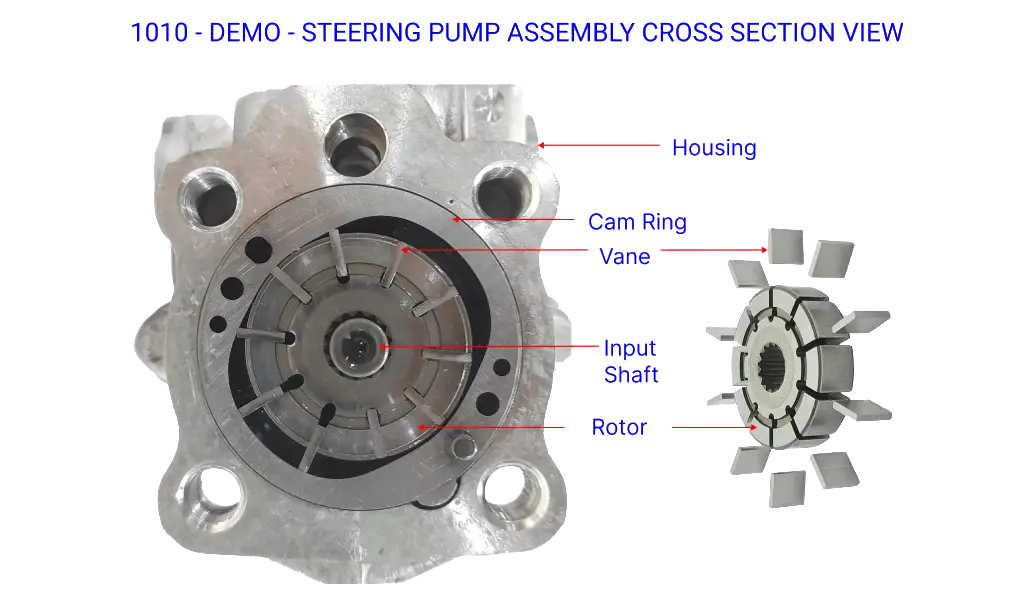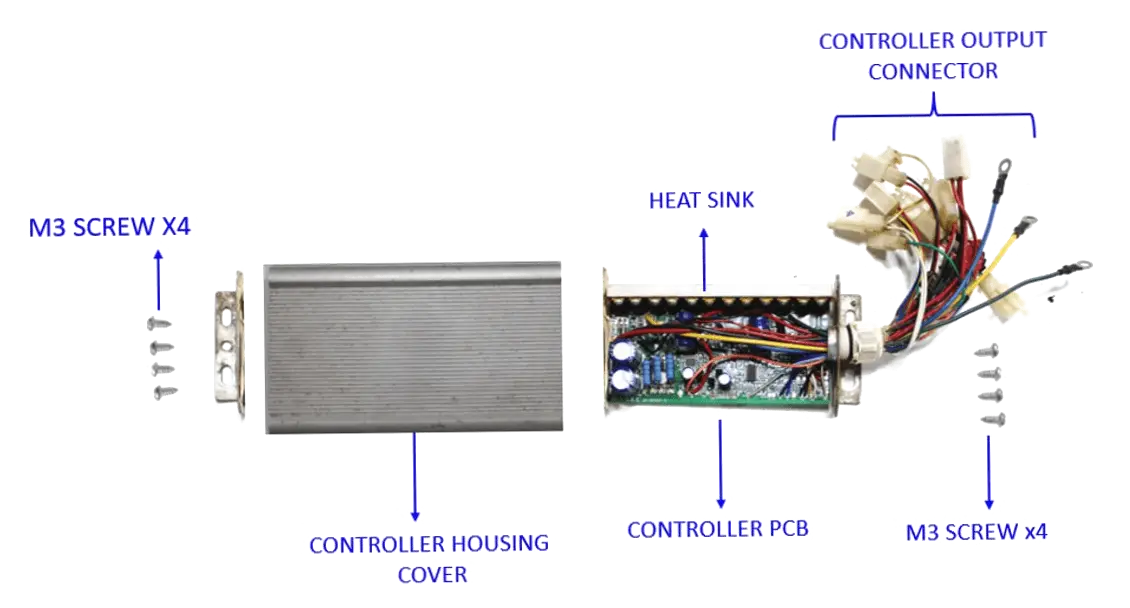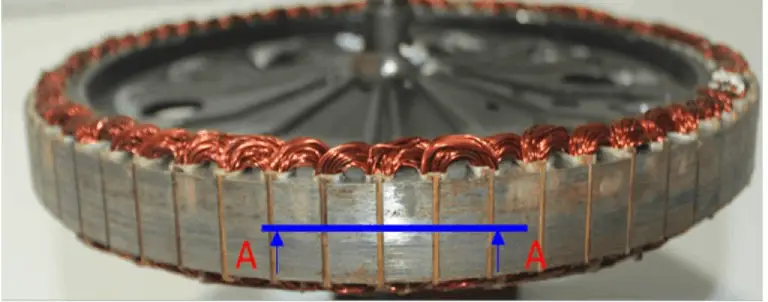
BLDC Hub Motor Teardown & Should Costing
Disclaimer
This study was conducted entirely in-house by ASI Engineering to demonstrate the capabilities of the xcPEP® platform. The product was independently procured by ASI. No proprietary or confidential information from any other party has been used. Results are not updated after publishing.
Software platforms used for this study
This study is powered by ASI’s proprietary should-costing ecosystem - xcPEP and xcPROC - engineered to deliver real-world accurate, traceable should-costing across mechanical, electrical, and electronics components..

xcPEP delivers real-world accurate, transparent & defensible should cost analysis of mechanical, electrical & electronics components from drawings or physical parts.
Explore xcPEP →
xcPROC is the centralized database engine powering xcPEP. Built entirely by ASI’s data research team, each database is meticulously curated to be region-specific and time-specific.
Explore xcPROC →We conduct detailed teardown study of electric vehicle drive motors typically for two purposes:
- Cost and engineering inputs for new product development.
- Cost reduction study of existing products by comparative teardown study.
Cost insights are generated to understand the cost drivers, supply chain strategies and metrics, commonality study and more. Engineering insights are generated for study or packaging, integration, interface with other subsystems and more.
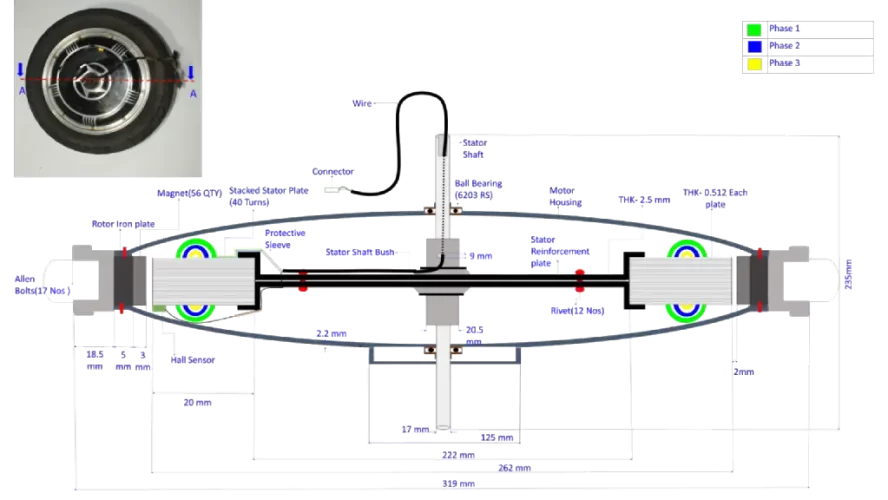
Recently we conducted a teardown for VA/VE exercise on BLDC hub motors from OEM-A & OEM-B, while doing so we’ve devised a strategy to reduce the cost of BLDC hub motor used in automotive 2W application. We at Advanced Structures India use Engineering Intelligence and xcPEP tool to map data i.e., material, architecture, manufacturing, complexity and cost. The cost drivers are compared up to the last level of detail & ideas for cost reduction are generated.
This blog will focus on our findings while BLDC motor comparison in following areas:
- BLDC motor architecture study & its comparison
- Stator & Rotor assembly study
Stator-- Slot area and fill factor
- Insulation Liner & Wedge
- Lamination
- Winding
Rotor-
- Magnet
- Housing
- Motor housing & other structural components
- xcPEP’ s role in cost reduction
BLDC motor architecture study & its comparison

Motor A
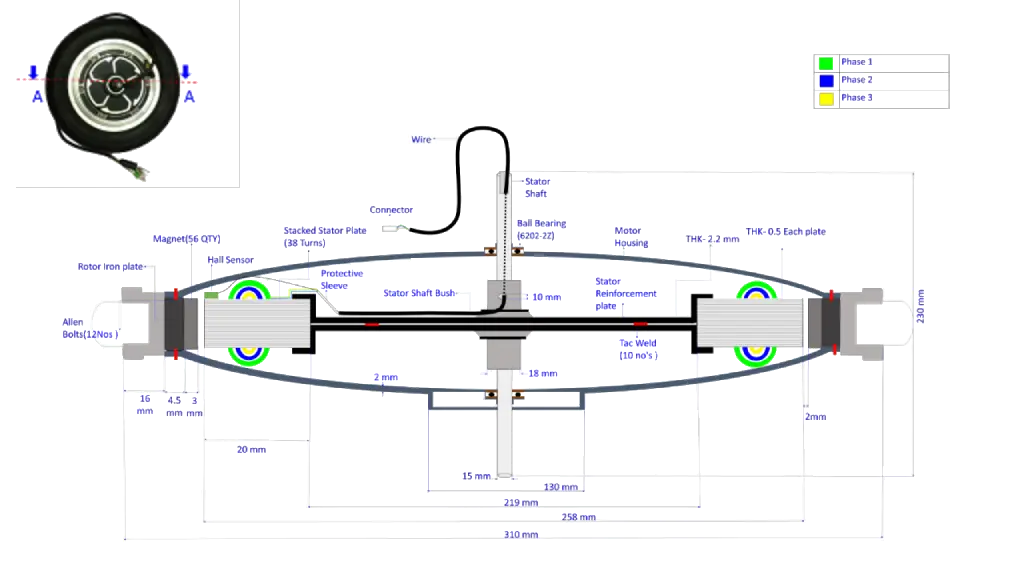
Motor B

Motor A of 350 W, 36V is provided with a rated efficiency of 85% and RPM range of 250-800, whereas Motor B is a 300 W, 36V motor with rated efficiency of 80% and RPM range of 250-800.
The construction of motor was same in both, where casted aluminium housing, rotor, stator and wheel were present, however packaging was observed to be different.
- Aluminium housing on motor B was of lower wall thickness compared to motor A by 2 mm. Packaging of housing plate on wheel is done using Allen bolts in both the motors but Motor A has used 17 bolts compared to 12 in Motor B.
- The inner stator reinforcement plate was stamped in both the motors whereas in Motor B it was of lower thickness value by 0.2 mm and joined together with 6 spot welds compared to 12 rivets used in Motor A.
Stator & Rotor assembly study


Slot area and fill factor
The slot area available in motor A was 26% larger, although the slot fill factor was lower by 8% (excluding insulating slot liner and other components). The larger slot area leads to lower yield of stator plate material hence increasing the raw material cost of the product. Also on the other hand, lower slot fill factor affects the electromagnetic force when compared to motor B where slot fill factor is higher by 8%.
Maintaining a higher slot fill factor is difficult and has higher manufacturing cost but it improves the motor performance hence we need trade off wisely.
Reducing the slot area will increase the yield of material used by 7% and also reduces machining process cost by 4%, this will overall save the cost of stator by 4.8%.
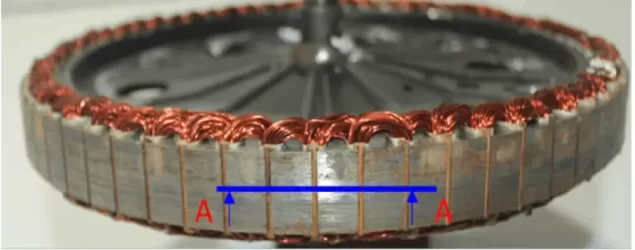


Slot insulator liner and wedge
Both the stator used a class F insulation paper, but the thickness of paper used in motor B is 0.05 mm less. Also, a wooden wedge was used in stator A compared to a plastic wedge in Motor B. On estimations we found that the cost of wedges is same but life of the wedge for stator B is higher.
On reducing the thickness of insulation paper, the cost can be reduced but need to study wear and tear of the material in the thermal cycle of the stator. Refer the shape, size and location of usage for motor A and B in the below Fig.
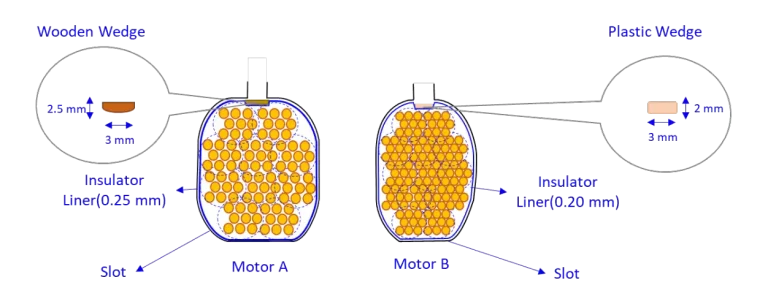
Stator lamination
The lamination was found to be similar in terms of material type used and manufacturing process, also we found both to have spiral round layout of plate.
The number of spiral available in stator for motor A was higher by 2 quantities, also the thickness of the spiral plate observed to be higher by 0.15 mm. The lower thickness plate will avoid the hysteresis loss but it will increase the material & manufacturing cost. Here we need to carefully decide the tradeoff between the loses and cost. Refer the below fig for shape of the stator slot and spiral arrangement of stator.
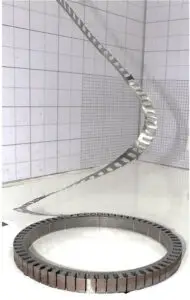
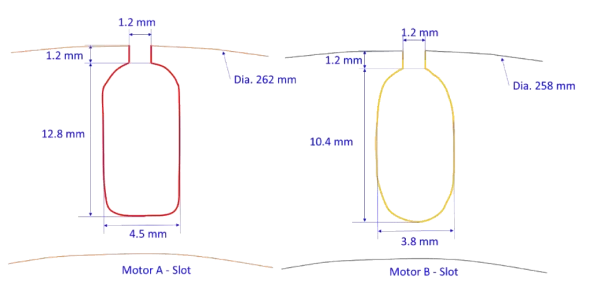
Stator Winding

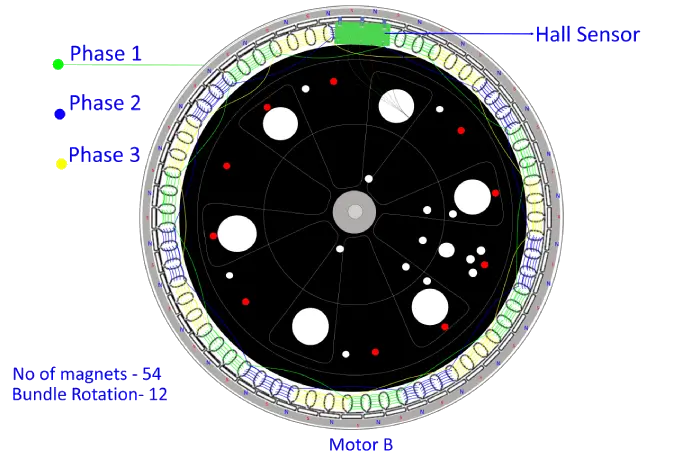
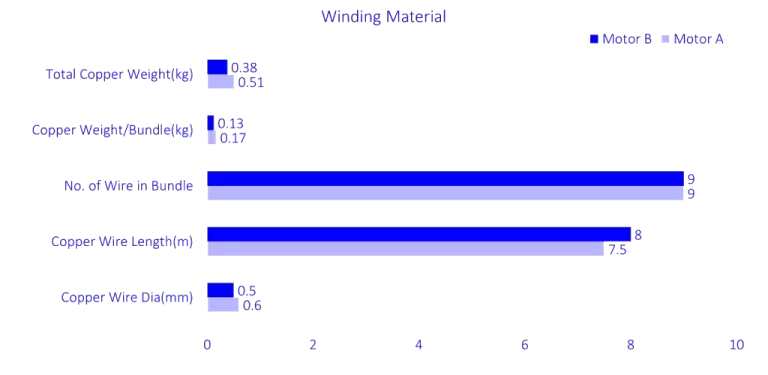
Rotor
Rotor Housing
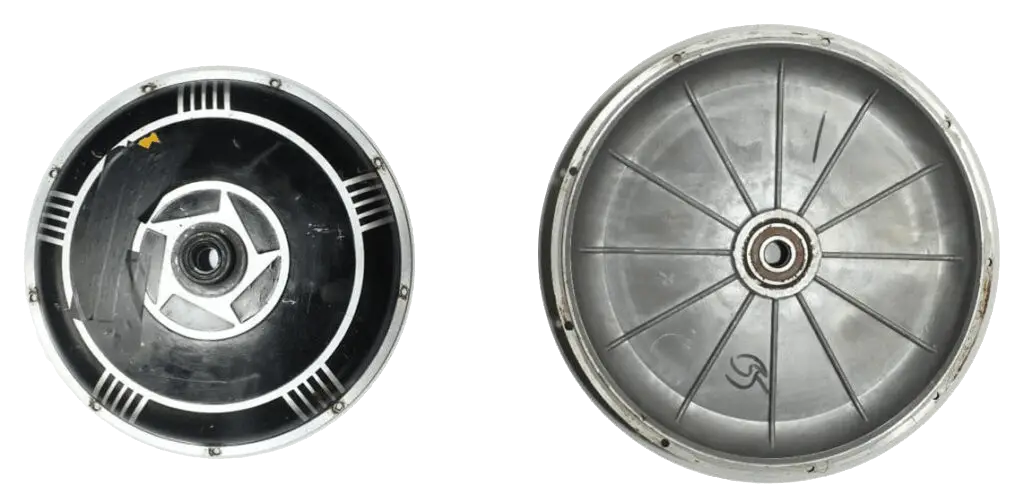
Motor – A
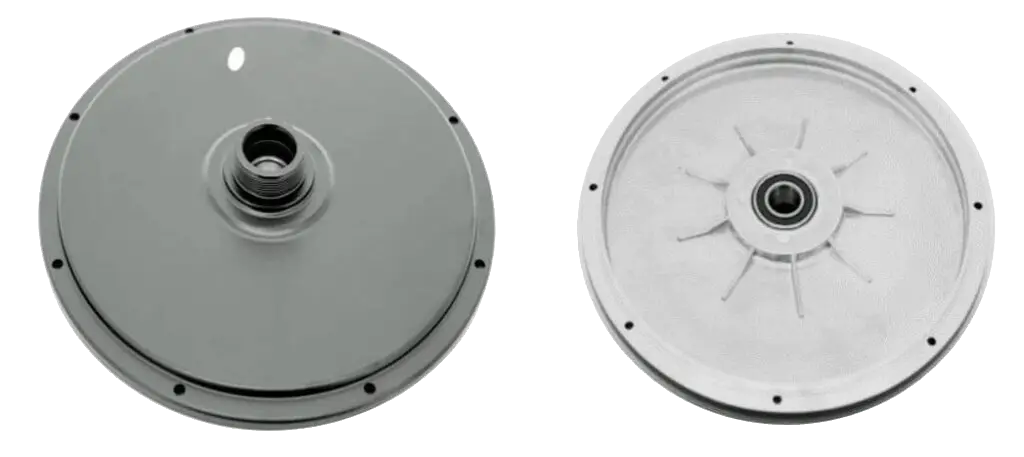
Motor – B

Housing cover used in both the motor is aluminium casted component, the thickness of the cover was more in Motor A by 0.2 mm. Also, in motor B less number machining feature were observed, which led to a lower machining cost.
Reducing the thickness of the housing wall and reducing the machining process on the side of the motor cover, can save raw material by 8% and machining cost by 5%.
Magnet
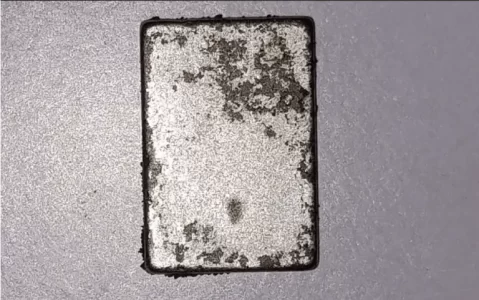

Magnet material used in both the motor was Neodymium, but a smaller dimension of magnet is used in Motor B which is in line with comparatively smaller motor capacity. Also, the number of magnets used are less in Motor B (by>2) due to smaller rotor inner dia.
By optimising the slot fill factor and reducing the slot area we can reduce the diameter of stator further which can reduce rotor size, this will reduce the number of magnets used in the rotor.

Rotor Ring


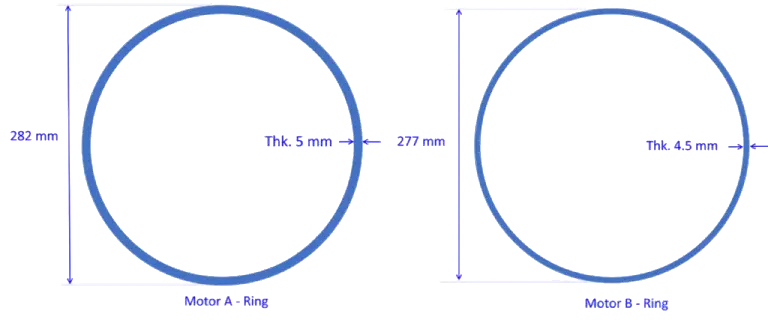
Motor A and Motor B raw material usage analysis chart


Motor A and Motor B complexity analysis chart


Motor A and Motor B fasteners analysis chart

- The overall weight of the motor B with wheel rim is lower because of smaller motor capacity. Due to this weight of material used (i.e., Steel, Aluminium, Rubber, Composite, Copper) is lower.
- The weight of steel is more in Motor A due to larger rotor ring.
- Housing of the motor B has less wall thickness which result in lower aluminium weight.
- The winding wire in Motor B is of lower gauge value the total weight of copper is also on lower side.
- The wedge used in Motor A is of wood compared to plastic in Motor B which show the difference in material usage of wood and plastic in above graph.
- Fastener’s quantity used in motor A is nearly 50% more due to in packaging design methodology, major difference is observed in inner stator plate. In motor A the plate is riveted (12 rivets) together whereas in motor B it is spot welded (10 spots) to each other.
- Comparing complexity of both the motor it is observed that assembly complexity is same in both the vehicle, although the total number components used is more in Motor A.
- Reducing the slot fill factor by reducing the wire gauge, a smaller dia. of stator plate can be manufactured without affecting the efficiency of the motor. This will save the cost of stator plate by 13 % along with cost of winding wire by 18%.
- Optimizing the packaging method, changing the riveting to spot welding for inner stator plates will reduce the component complexity and also reduce manufacturing cost.
xcPEP’s role in cost reduction
- Steps that we follow are-
Mainly the strategy will be followed in absolute terms on one product or in comparison with competitor product.
- Bill of Material (BOM) generation:
- We map critical data of base product & competitor product with high quality images to generate a Bill of material (BOM) by using our inbuilt xcPEP tool.
- xcPEP is our extremely Comprehensive Product Engineering Platform with inbuilt tools backed by machine learning trained on automotive component data, to compare data and generate cost reduction ideas.
- Bill of Material (BOM) generation:

- Circuit Diagram - We analyse the product architecture, packaging method by using graphic designed circuit diagrams.

- Data Analytics - We analyse & compare the generated data (BOM) of the client and competitor w.r.t weight, material, dimensions, fasteners usage, brackets usage, hose length analysis, hose quantity analysis, which are compared and analysed with graphical plots at the sub-assembly level as well as at the product level, using xcPEP tool

- Cost Estimation - We estimate the directional cost of 100% components to identify the three major cost drivers for every part Raw material, Process and Overheads. Later we compare the cost drivers at granular level for idea generation.
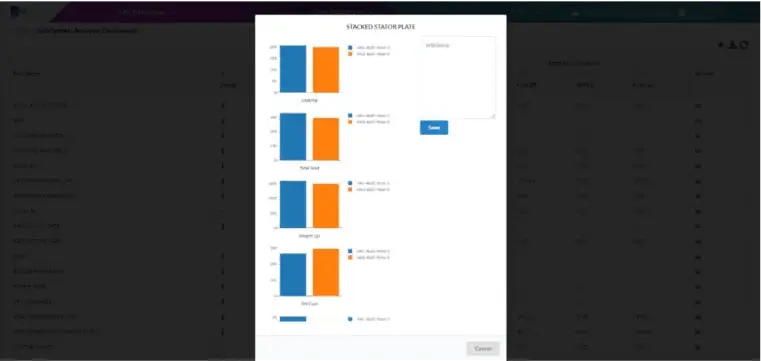
- Cost saving idea generation using xcPEP tool - The xcPEP tool generates cost saving ideas from the generated BOM at product and system level, as per user requirement. The Engineers at ASI evaluates the generated ideas, adds value & does feasibility to the idea generated by the xcPEP tool.



